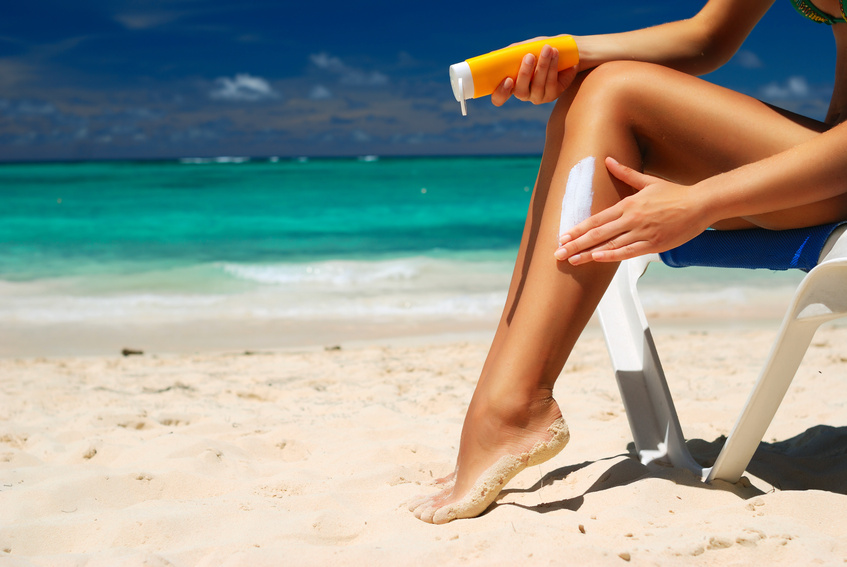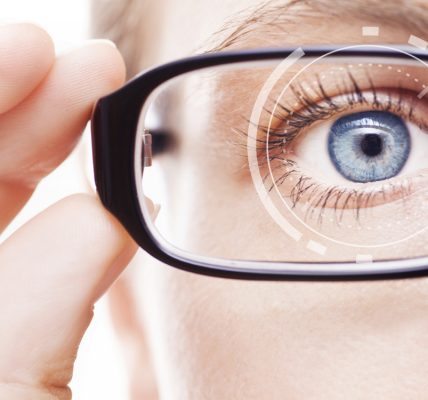Did you go beach-combing during your summer vacation? Are you trying to get that tan that most people crave? Although it is great to have some fun in the sun while looking good, it can lead to a number of undesirable skin conditions if you are exposed to the sun for too long without protection.
Even though a tan looks good (unless you get those pesky tan lines), it’s an indicator of a damaged epidermis, the outer layer of our skin. The sun releases UV rays that can damage our skin cells’ DNA and cause them to lose their function and/or become cancerous. Injuries due to these rays can increase the rate of aging in our cells while predisposing you to skin cancer. Unfortunately, tanning beds emit UV radiation in an attempt to stimulate the sun’s natural energy and can lead to the same damaging effects on our body.
The reason that we don’t stay tanned is because our bodies need to catch enough sunlight to make vitamin D. The darker our skin is, the more protected our cells’ DNAs are from the sun. In areas that receive less sunlight, tanned skin is not able to absorb enough sunlight to make all the vitamin D needed.
So to recap, sunburns are not fun at all! A sunburn is basically skin damage from UV rays. There are two common levels of damage due to sunburn. First degree sunburns usually result in skin redness, heat to the touch, and minor aches and pains. The pain is more severe if you have a second degree sunburn, which is a consequence of damaged nerve endings beneath the skin! Blisters may appear, and you do not want to pop them, because they can get infected. Applying aloe or taking pain medication, such as ibuprofen, can help relieve the discomfort associated with a sunburn. Other skin defects that can develop with too much sun exposure are wrinkles, uneven skin tone (due to abnormal pigmentation), freckles, and age spots.
But does that mean we should just avoid sunlight altogether? Absolutely not! In fact, it is essential we receive the proper amount of sunshine in order to produce the vital vitamin D. Vitamin D helps regulate our cells to produce steroid hormones such as testosterone and estrogen. All we have to do is make sure to wear a sunscreen that has a sun protection factor (SPF) of at least 15. Sunscreen is an effective shield because it absorbs the sun’s rays and dissipates them away from our bodies (which is why we may feel a bit hotter while wearing sunscreen) instead of letting our skin take in the bulk of the UV rays. This way, your chances of damage are reduced. So next time you go to the beach, don’t forget: sunscreen’s your friend!
Article by Jonathan Trejo
Feature Image Source: Fashionisers
























